History of the track's construction
COTA's journey began in the early 2000s when a group of investors in Texas had a vision for a world-class racing facility. The idea was to create a track that would not only host F1 races but also become a hub for other motorsports events. After years of planning and negotiations, construction began in 2010. The project was led by Tilke GmbH, a German architecture firm that specializes in designing racing circuits. The team faced many challenges during the construction process, including strict environmental regulations and a tight deadline to complete the track in time for the inaugural F1 race in 2012.
Despite the challenges, the team succeeded in creating a state-of-the-art facility that combined cutting-edge technology with a unique design. One of the most impressive features of the track is the 133-foot observation tower, which offers stunning views of the surrounding countryside. The track itself is 3.4 miles long and features 20 turns, including the famous "COTA Tower Turn," a hairpin bend that leads into a long straightaway. The undulating terrain of the track adds an extra level of complexity for drivers, with elevation changes of up to 133 feet.
COTA's unique features and design
COTA's design is a unique blend of modern technology and traditional racing elements. The track includes a variety of turns, from high-speed sweepers to tight hairpins, which challenge drivers to showcase their skills. The track's undulating terrain adds an extra level of difficulty, as drivers must navigate steep inclines and declines while maintaining their speed.
Another standout feature of COTA is the "stadium section," which features a series of tight turns that wind their way around a grandstand. This section of the track is one of the most challenging for drivers, as it requires precise braking and acceleration to navigate the tight corners. The section is also a favorite among fans, as it offers an up-close view of the action and creates a unique atmosphere.
The first Formula One race at COTA
COTA's first F1 race took place on November 18, 2012, and was hailed as a huge success. The race was won by Lewis Hamilton, who dominated the field from start to finish. The event was attended by over 117,000 fans, making it one of the largest sporting events in Texas history.
The race was not without its challenges, however. In the weeks leading up to the event, there were concerns about the track's readiness and the weather conditions. Despite the challenges, the race went off without a hitch, and COTA established itself as one of the premier racing venues in the world.
Notable moments in COTA's racing history
Over the years, COTA has played host to many memorable races and moments in F1 history. One of the most notable moments came in 2016 when Lewis Hamilton won the race and secured his third world championship. The victory was a historic moment for Hamilton, who became the first British driver to win three world championships.
Another memorable moment came in 2018 when Kimi Raikkonen won the race and set the fastest lap in F1 history. Raikkonen's lap time of 1:18.074 still stands as the track record at COTA. The race was also notable for the fact that it marked the return of F1 to the United States after a five-year absence.
COTA's impact on the local community and economy
Since its opening, COTA has had a significant impact on the local community and economy. The track has brought in millions of dollars in revenue and has created hundreds of jobs in the surrounding area. The track has also become a hub for other motorsports events, including MotoGP and the IMSA WeatherTech SportsCar Championship.
In addition to its economic impact, COTA has also become a cultural landmark in Texas. The track has hosted concerts by some of the biggest names in music, including Taylor Swift, Elton John, and Bruno Mars. The track's unique design and features have also made it a popular destination for tourists and racing fans from around the world.
Future plans and developments for the track
Looking to the future, COTA has big plans for expansion and development. In 2023, the track is set to host the inaugural Miami Grand Prix, which will be the second F1 race in the United States. The track is also exploring the possibility of hosting other major sporting events, including the FIFA World Cup.
In addition to its plans for expansion, COTA is committed to sustainability and environmental responsibility. The track has implemented a variety of green initiatives, including the use of solar panels and rainwater harvesting. These initiatives have helped to reduce the track's carbon footprint and demonstrate its commitment to a sustainable future.
COTA's role in the global F1 circuit
COTA's unique features and design have made it a standout venue on the F1 calendar. The track's combination of technical challenges and stunning scenery has made it a favorite among drivers and fans alike. In addition to its racing events, COTA has also become a hub for innovation and technology in the motorsports industry.
As F1 continues to evolve and grow, COTA will undoubtedly play a significant role in shaping the future of the sport. With its commitment to innovation, sustainability, and community engagement, COTA is poised to remain a world-class racing venue for years to come.
Behind the scenes: a look at COTA's operations and management
Behind every successful racing venue is a dedicated team of professionals who work tirelessly to ensure that everything runs smoothly. At COTA, the management team is led by Bobby Epstein, who has been instrumental in the track's success since its opening in 2012. Epstein and his team oversee all aspects of the track's operations, from safety and security to marketing and promotions.
One of the key challenges for the management team at COTA is balancing the needs of the racing teams, the fans, and the local community. The team works closely with local authorities to ensure that the track's events do not disrupt the surrounding area and that the safety of all attendees is a top priority.
In addition to its operational challenges, COTA also faces stiff competition from other racing venues around the world. To stay ahead of the game, the management team is constantly looking for new ways to innovate and improve the track's facilities and services.
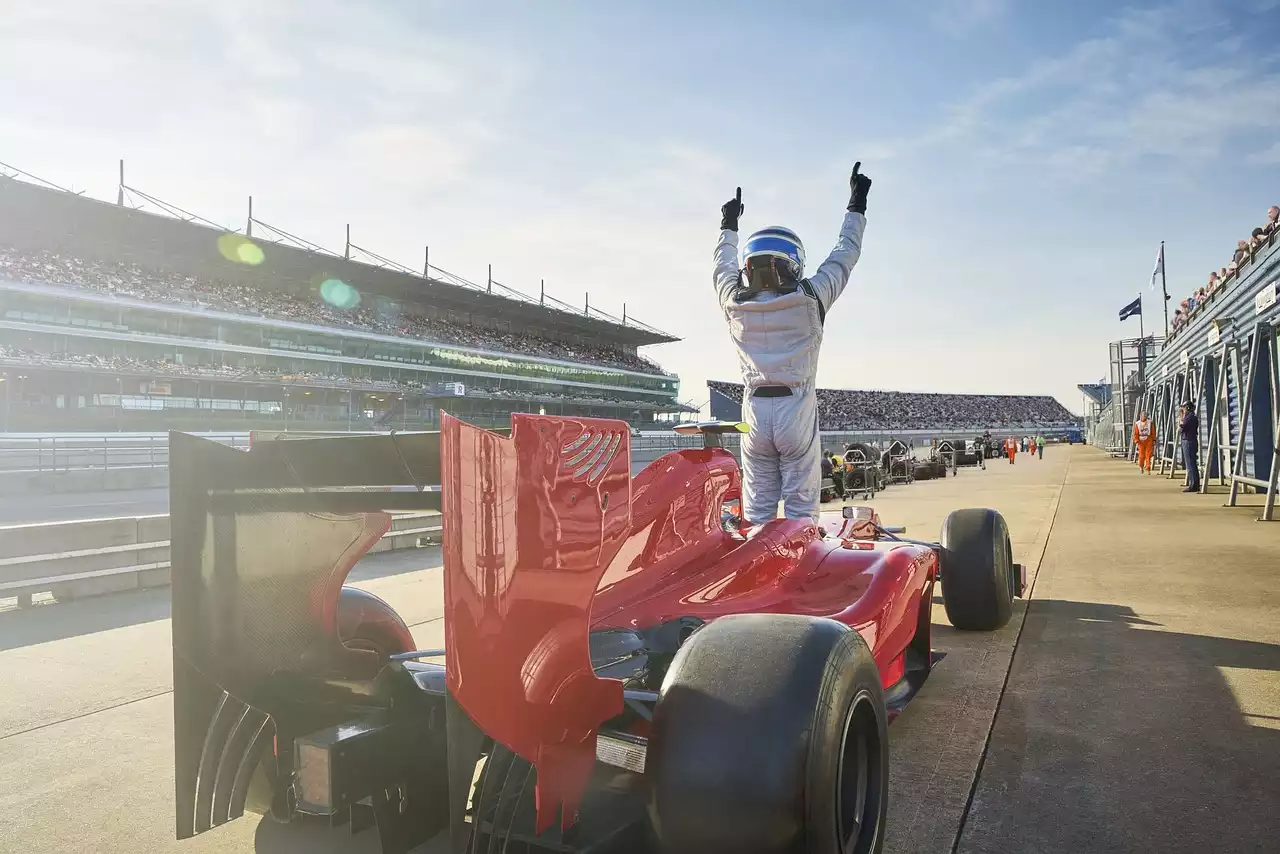
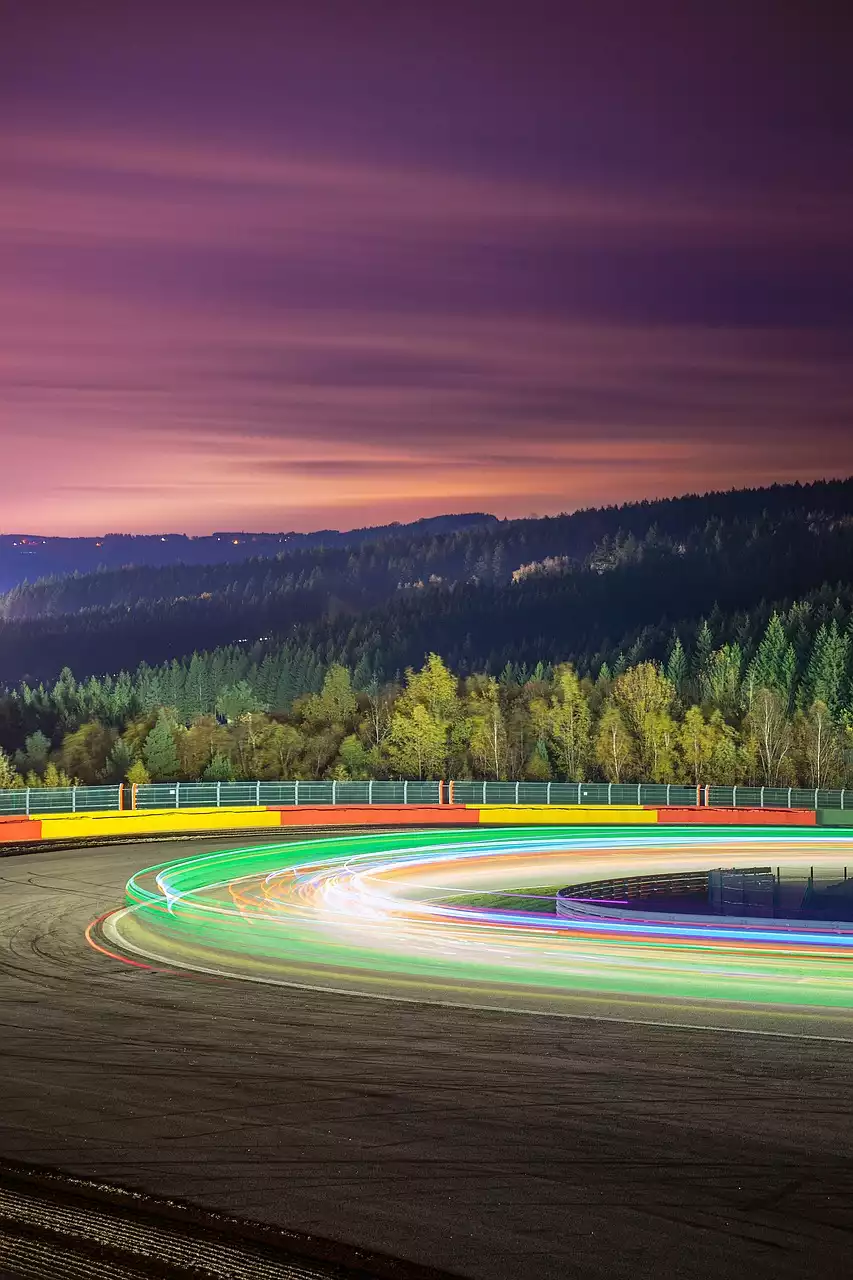
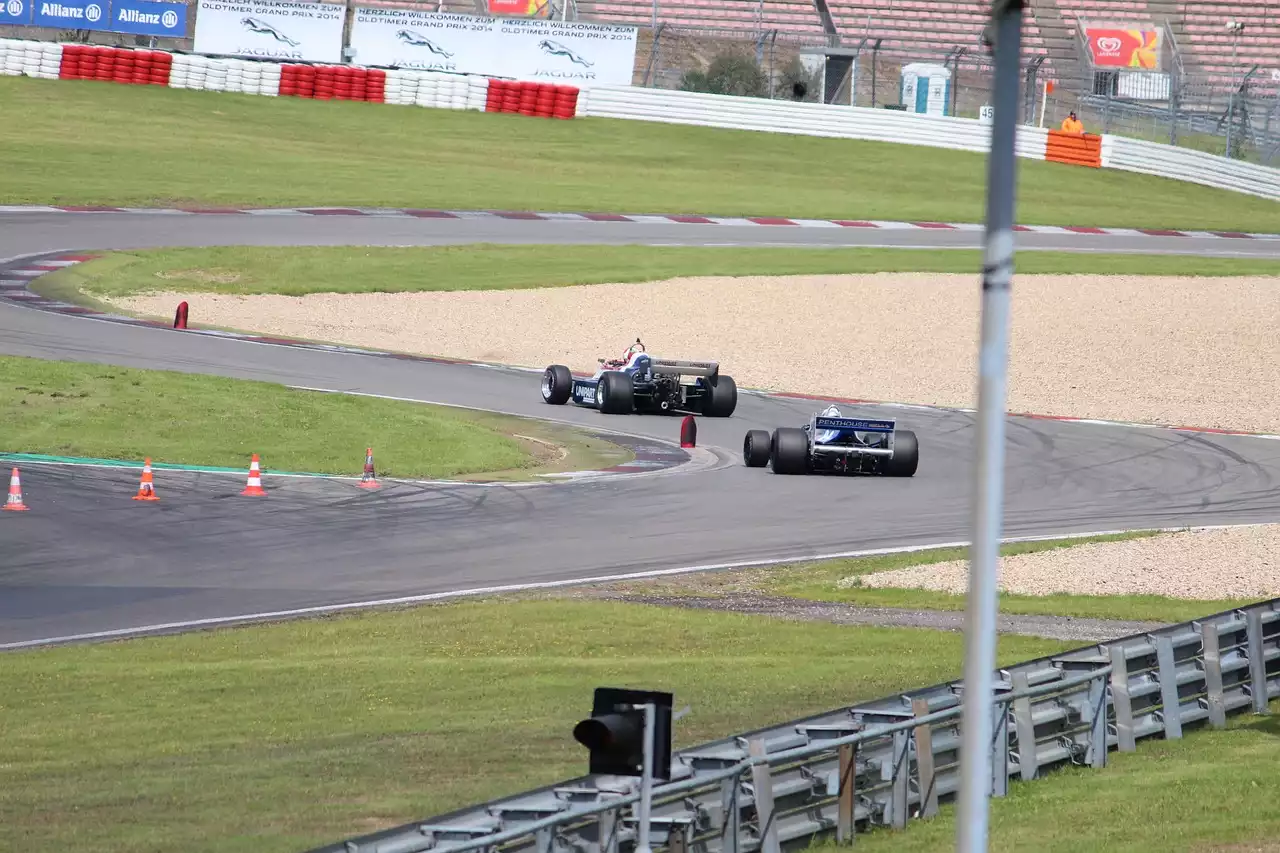
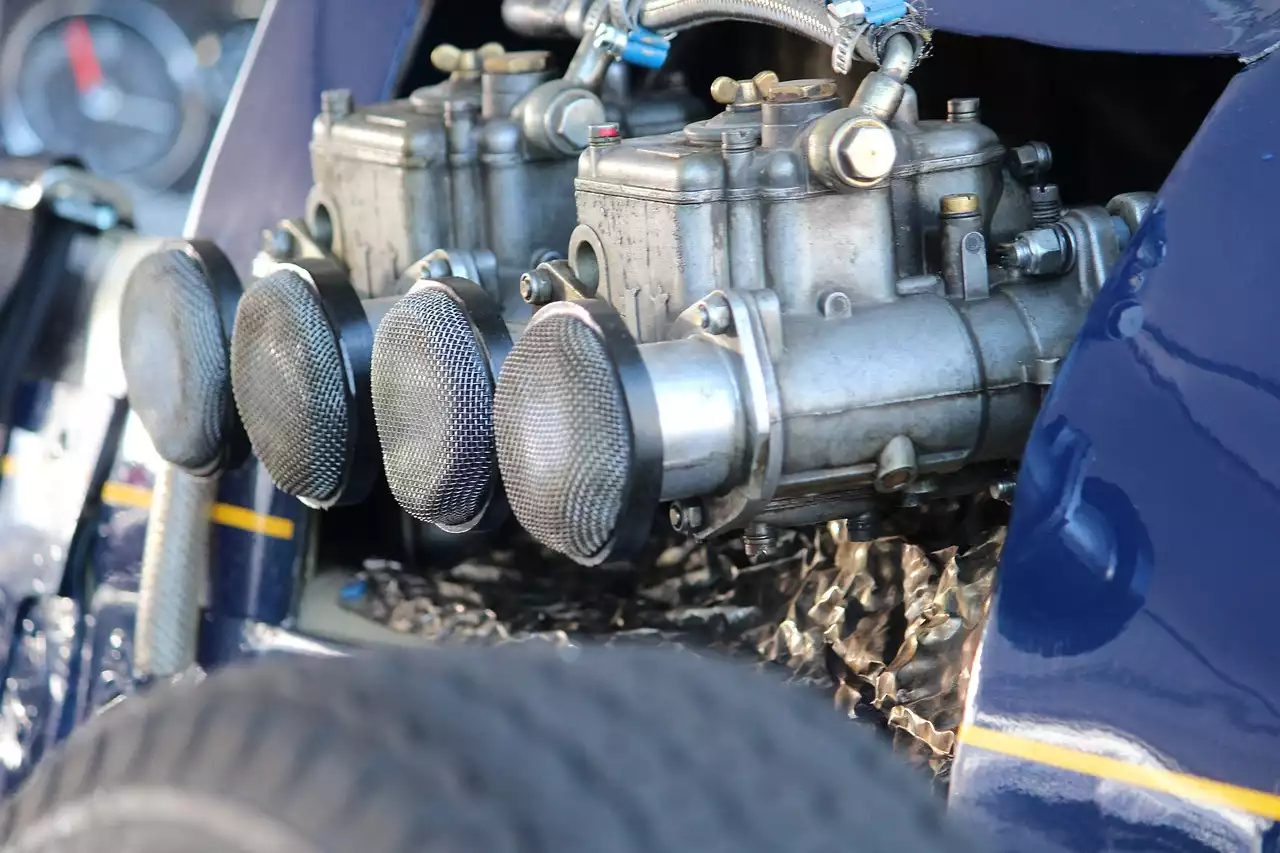
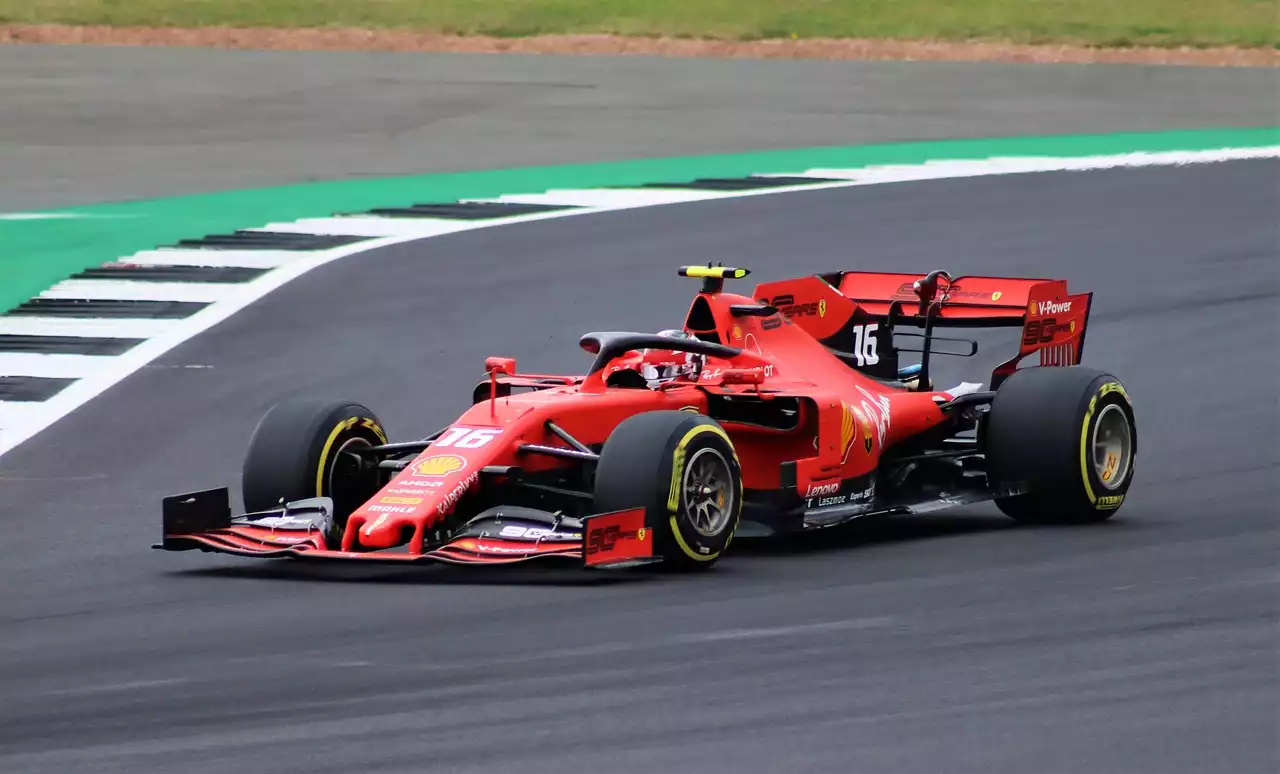






.png?size=50)